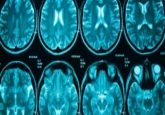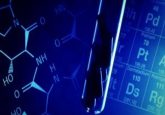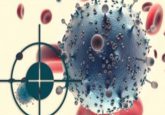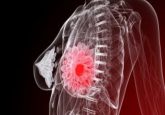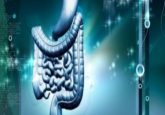Study finds gene that may cause triple-negative breast cancers
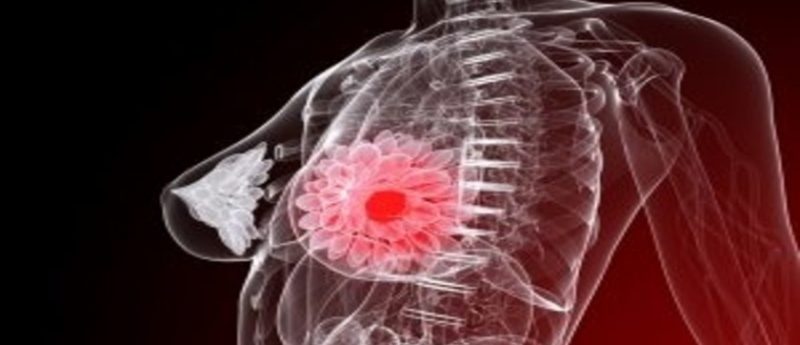
Researchers from the Garvan Institute (Sydney, Australia) have discovered that triple-negative breast cancers may be two distinct diseases originating from different cell types. The team believe that the results of their study, recently published in Nature Communications, could help to explain why survival prospects for women with the diagnosis are often at the extreme ends of the spectrum, being either very good or very bad.
The researchers discovered that the aggressive form of triple-negative breast cancer seemingly arises from stem cells and the less aggressive manifestation from specialized cells. By identifying the gene that drives the disease, the team hoped to identify a way to switch off the causative mechanism.
Previous studies have demonstrated that stem cells located in the breasts are required for growth and development during both puberty and pregnancy; however, how they differentiate into specialized cells has remained unclear.
The new study demonstrated that a gene termed inhibitor of differentiation 4 (ID4) determines whether a stem cell remains as a stem cell, or whether it goes on to differentiate. Notably, when the high levels of ID4 in a stem cell are switched off, other genes that drive cell specialization are activated.
“We found that ID4 is produced at high levels in roughly half of all triple-negative breast cancers, and that these cancers have a particularly poor prognosis,” explained study leader Alex Swarbrick from Sydney’s Garvan Institute of Medical Research. “We also showed that if you block the ID4 gene in experimental models of triple-negative breast cancer, the tumor cells stop dividing.”
Furthermore, the blocking of ID4 was shown to activate the estrogen receptor and several other genes expressed by best-prognosis breast cancer.
“Estrogen receptor-positive breast cancers have a relatively good prognosis because the drug tamoxifen is very effective at blocking the estrogen receptor and hence their growth” noted Swarbrick. “We speculate, therefore, that by blocking ID4 it might be possible to turn stem-cell-like breast cancers into less aggressive breast cancers that may even respond to tamoxifen. If we are correct, that would be remarkable.”
Swarbrick and his team are next planning on studying the biochemistry of ID4 to determine how best to inhibit it in humans, as well as undertaking therapeutic experiments in mice to test whether or not switching off ID4 sensitizes a tumor to tamoxifen.
Sources: Junankar S, Baker LA, Roden DL et al. ID4 controls mammary stem cells and marks breast cancers with a stem cell-like phenotype. Nature Communications, doi: 10.1038/ncomms7548 (2015) [Epub ahead of print]; Garvan Institute press release
